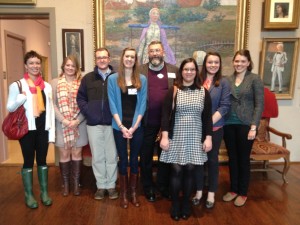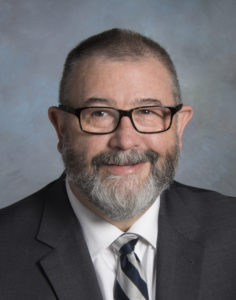
University of Mary Washington Museums Executive Director Scott Harris
University of Mary Washington Museums Executive Director Scott Harris recently spoke to Ted Schubel of ‘Town Talk’ on WFVA 1230 about the impact of the pandemic on the James Monroe Museum and Gari Melchers Home and Studio. Closed since March and unlikely to open until August, both museums are offering new and innovative online programming. Listen here.
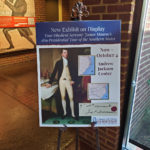

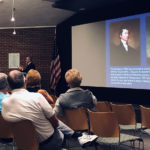
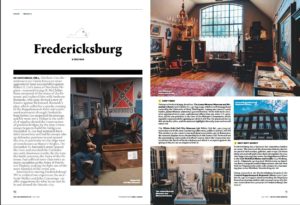 University of Mary Washington museums,
University of Mary Washington museums,  Both sites are extending free admission to include the immediate family members of current University of Mary Washington faculty and staff during the break, from Dec. 17 to Jan. 2. We hope you will take advantage of the opportunity to visit this wonderful pair of cultural resources administered by UMW.
Both sites are extending free admission to include the immediate family members of current University of Mary Washington faculty and staff during the break, from Dec. 17 to Jan. 2. We hope you will take advantage of the opportunity to visit this wonderful pair of cultural resources administered by UMW.